Sri Lanka will focus on transforming its crisis-hit economy and prepare to resume debt repayments from 2028, President Anura Kumara Dissanayake said on Monday (17), unveiling his first full budget after being elected to the top office last year.
The budget is expected to strengthen the South Asian island nation’s recovery from a debilitating financial crisis in 2022 that led to its first international debt default, and align with a US$2.9 billion IMF bailout.
The Marxist-leaning Dissanayake said that he expects the economy to grow at 5 per cent in the medium term and aims to maintain low inflation, while also taking steps to keep exchange rates stable.
Sri Lanka will maintain a primary surplus of 2.3 per cent of GDP and the budget has been formulated to meet that target, Dissanayake, who is also the finance minister, told parliament.
The government will ensure that Colombo repays all its debt, he said, foreseeing a steady reduction in poverty levels.
A severe drain in dollar reserves plunged the island nation into turmoil three years ago, sending inflation soaring, tanking its currency and forcing a US$25 billion foreign debt default.
Since locking down US$2.9 billion in emergency funding from the International Monetary Fund in March 2023, Sri Lanka has posted a faster than expected recovery. Inflation has eased, the central bank has slashed interest rates to pre-crisis levels, and debt restructuring was completed in December.
Meeting the IMF targets is crucial for Sri Lanka to improve its credit rating after exiting from default status, so the country can eventually return to international financial markets to borrow and repay its debts from 2028 onwards.
The parameters set out by IMF include an ambitious deficit target of 5.2 per cent of GDP and raising revenue to 15.1 per cent of GDP in 2025 to secure the next tranche of about US$333 million under the bailout.
Sri Lanka’s current reserves are at US$6 billion, enough to cover four months of imports, the latest central bank data showed. In the depths of the crisis, reserves had shrunk to just US$1.9 billion at the end of 2022.
Sri Lanka’s economy is expected to have grown by 5 per cent in 2024, according to the latest central bank data, after contracting 2.3 per cent in 2023. The World Bank estimates Sri Lanka will grow 3.5 per cent this year.
Dissanayake said Sri Lanka will expand free trade agreements to promote exports and prioritise investments foster export growth.
A new bankruptcy law will be presented to parliament soon, along with new customs legislation to promote trade, he said, adding that 4 per cent of GDP would be allocated as capital investment to develop local companies.
Tenders will be called to expand the Colombo port in one month and the government is working to establish a development bank to support entrepreneurship, Dissanayake said.
(Reuters)
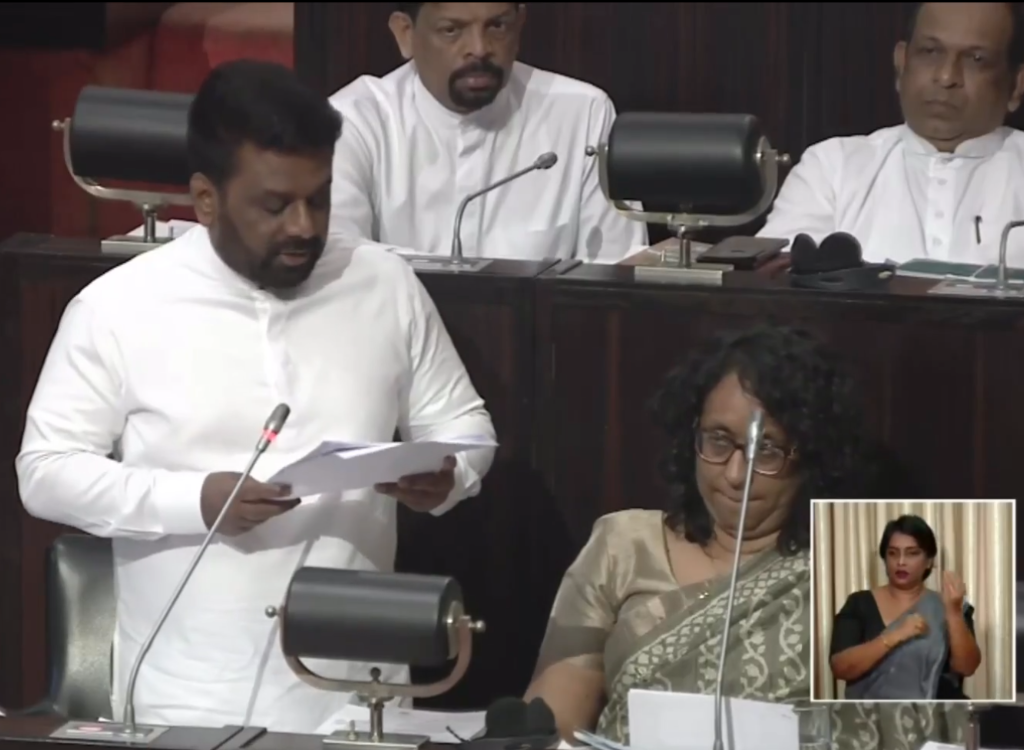
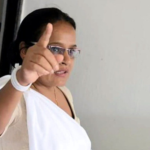
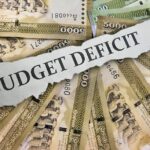

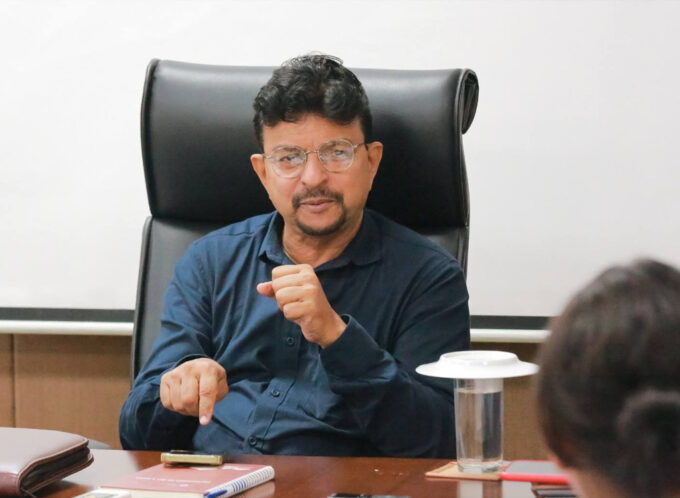
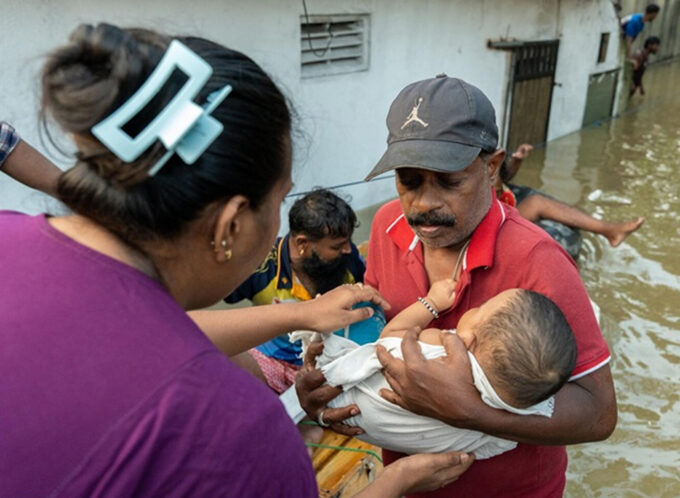
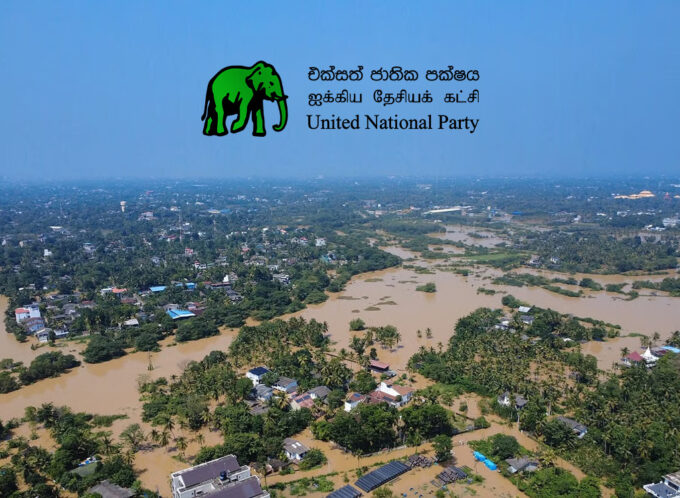

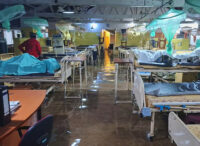
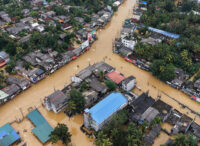
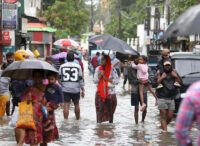
Leave a comment